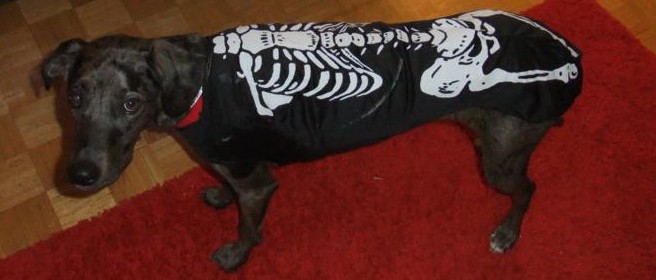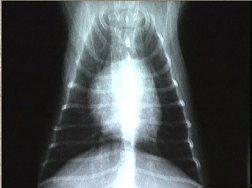
 Radiographs (Xrays) are routinely used to provide valuable information about a pet’s bones, gastrointestinal tract (stomach, intestines, colon), respiratory tract (lungs), heart, and genitourinary system (bladder, prostate).
Radiographs (Xrays) are routinely used to provide valuable information about a pet’s bones, gastrointestinal tract (stomach, intestines, colon), respiratory tract (lungs), heart, and genitourinary system (bladder, prostate).
We can also perform specialized radiographic procedures called contrast studies when required. For the procedures, a special dye which shows up as white on an Xray film is used to better outline structures which do not show up well on routine radiographs.
 A barium series is a type of contrast study used to outline the gastrointestinal tract. A liquid dye called barium is given to your pet, either orally or through a nasogastric tube. Xrays are then taken immediately, and at specifically timed intervals thereafter for up to several hours. We can watch as the barium travels through the stomach and intestines, and can help us rule-out problems of motility (where the stomach and intestines are not contracting properly) or obstruction (where your doggy or kitty swallows something nasty and it’s stuck inside).
A barium series is a type of contrast study used to outline the gastrointestinal tract. A liquid dye called barium is given to your pet, either orally or through a nasogastric tube. Xrays are then taken immediately, and at specifically timed intervals thereafter for up to several hours. We can watch as the barium travels through the stomach and intestines, and can help us rule-out problems of motility (where the stomach and intestines are not contracting properly) or obstruction (where your doggy or kitty swallows something nasty and it’s stuck inside).
A cystogram is another commonly performed contrast study where air, dye, or both are injected into the bladder through a urinary catheter. This procedure helps us diagnose problems such as bladder stones or tumours which may not show up on a routine radiograph.
